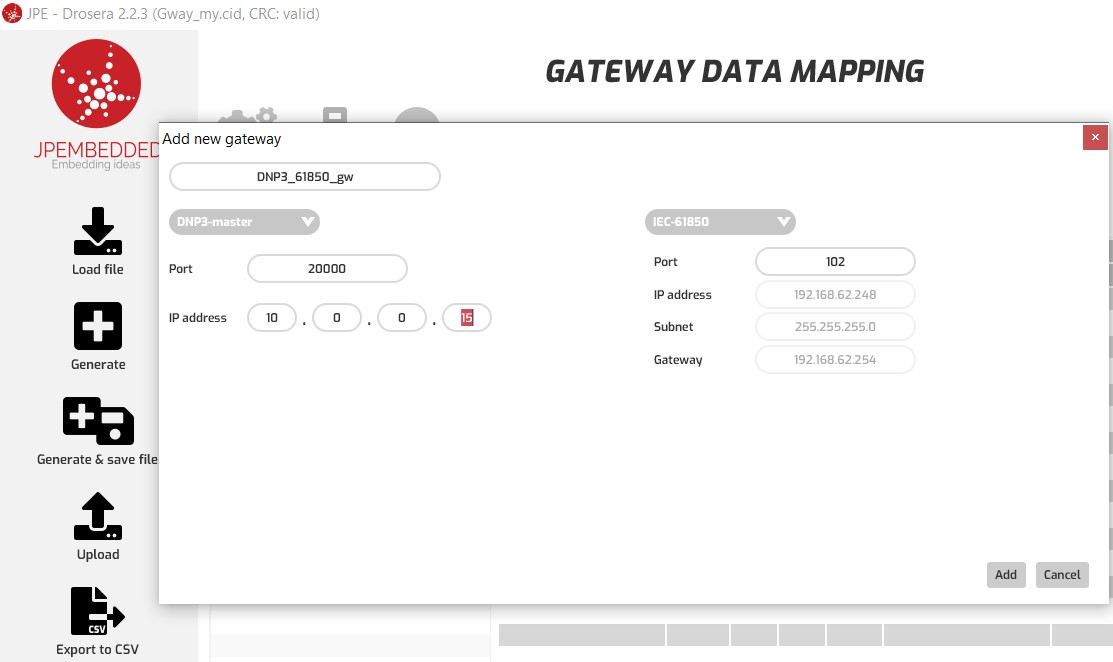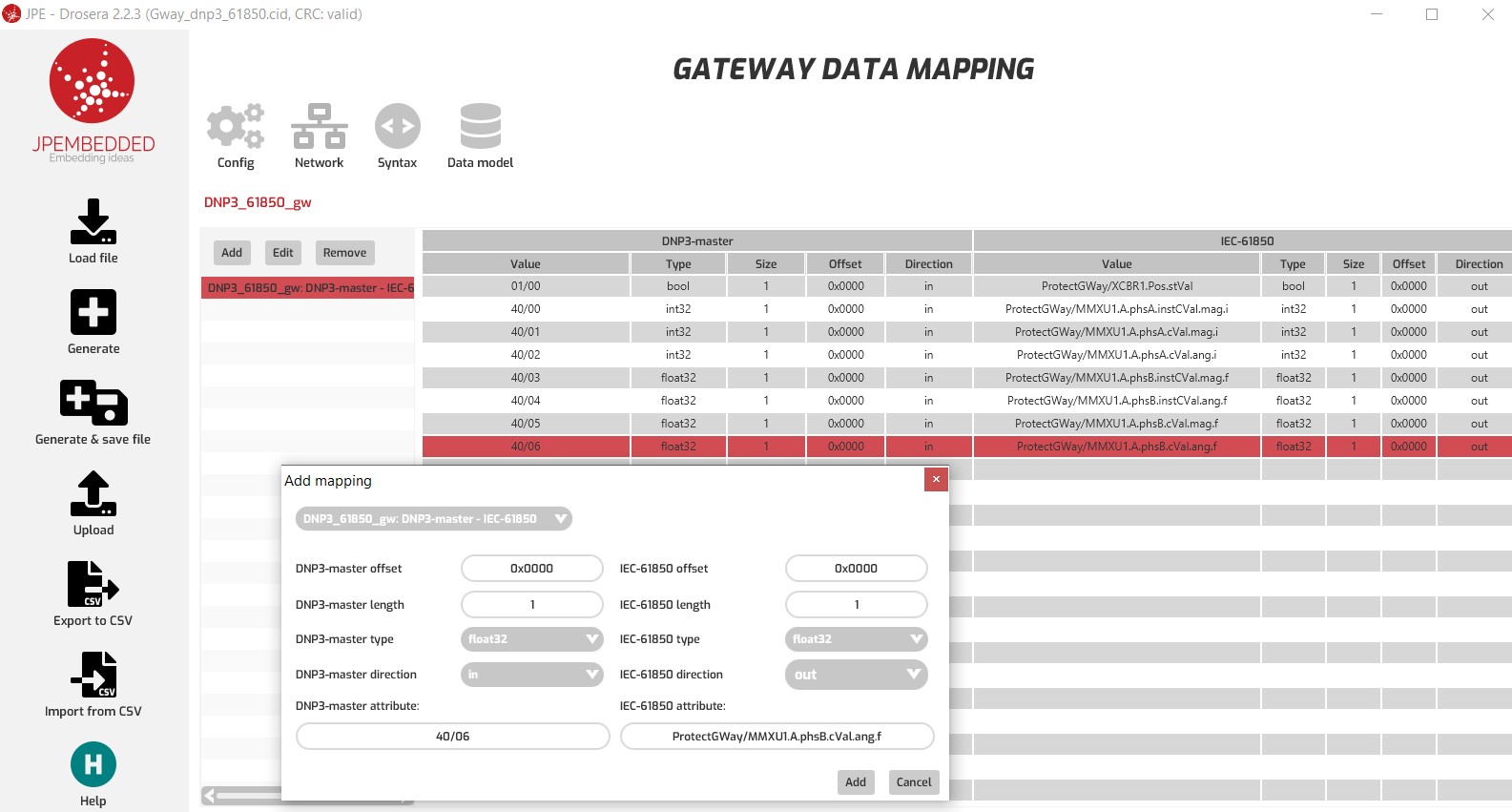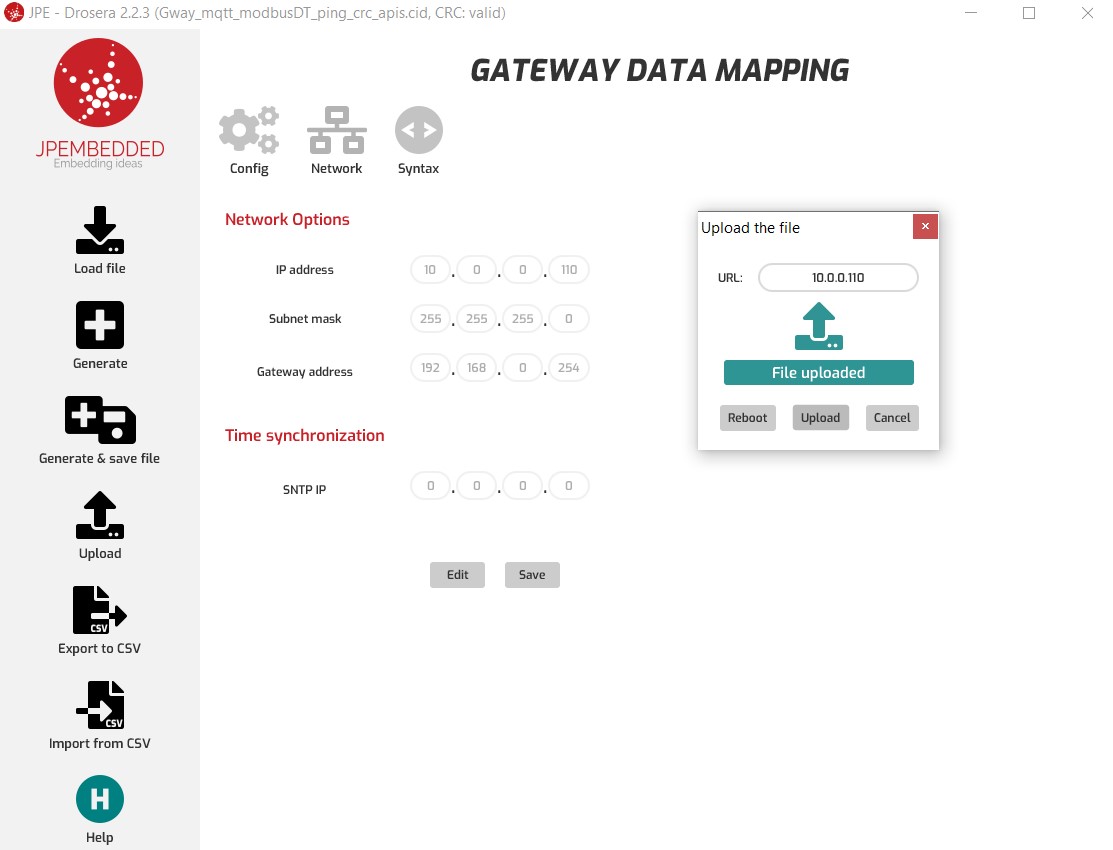Introduction
DNP3 and IEC61850 are two competing standards which allow to communicate intelligent electronic devices within substations. At least that was the idea when they started to be specified more than 20 years ago. IEC61850 is more complicated both in terms of functionality it covers as well as for implementation. This could be one of the reasons why DNP3 the beginning gained more popularity especially in the US. However, in the recent years IEC61850 started to catch up and it is getting more and more popular. With a large base of legacy devices already installed and working in the field, the deployment of IEC61850 and related protocols like GOOSE or sampled values may require integration of the two communication standards. There are different ways to approach this task:
- update of the existing IED software to support new protocol which is required by the utility or substation
- integration of the PCB implementing new protocol within IED hardware
- using external, stand alone gateway translating between the protocol which is already implemented by the IED and the one which is required in given project.
Last option (3) is the least invasive one, from the point of view of the manufacturer of the device (IED) which must be integrated with the new standard. Using the gateways offered by JPEmbedded, any device implementing DNP3 protocols could be easily hooked up into the IEC61850 network. It basically boils down to mapping of information provided by the DNP3 device into the data model of IEC61850 server. In DNP3 standard data (states, binary and analog values) are grouped into the arrays of points of specific types:
- binary input/outputs
- analog input/outputs
- commands
Each value could be addressed by group number (e.g. 10 for binary outputs) and 0 based index of the point within the specific group. There is also additional parameter called variation, which specifies the data format (e.g. unsigned 16 bit integer, signed 32 bit integer, 32 bit float, 64 bit double precision float) in which the value shall be provided by DNP3 master.
Data model of IEC61850 IED server is a hierarchical structure consisting of logical devices, logical nodes, data objects and attributes. Attributes could be of complex types (structures consisting of other attributes) or basic types like, boolean, integer, enumerated or float values.
Conversion
So translating between DNP3 and IEC 61850 is about projecting the point, addressed as
grp. num/pt. index
to IEC61850 basic attribute which is specified by its reference in the form:
IED1_LD0/XCBR1.Pos.stVal
The table below contains examples of DNP3 to IEC61850 mappings

Each time value of some DNP3 point is changed, the corresponding IEC61850 attribute shall be updated. Information about the change of DNP3 point value could be obtained as a result of continuous polling the values of points which are mapped to the attributes. Other option would be take advantage of DNP3 unsolicited messages, which are generated by the outstation each time the value of the attribute belonging to the specific group (for which unsolicited messages are enabled) has changed.
On the IEC61850 side update of the attribute value might result in generation of MMS report, GOOSE message or sampled value message.
In the other direction IEC61850 control commands could be mapped to mapped to the DNP3 points from group 12 (binary control) or 41 (analog control).
Implementation
Translating between the two protocols could be quickly and easily done using the Drosera application provided by JPEmbedded. With Drosera app, in 3 simple steps user can configure gateway to do DNP3 / IEC61850 translation:
- Define parameters of DNP3 and IEC61850 side of the gateway

- Create mapping of DNP3 data points to IEC61850 attributes

- Upload the XML file with defined mapping to APIS device

Once APIS gateway is programmed with correct configuration it will automatically update IEC61850 data model attributes with the values obtained from DNP3 side. Generation of GOOSE and MMS reports is also possible if they are defined by CID file and enabled by the IEC61850 client application connected to the APIS.

If you would like to learn more about our solution or evaluate it, please let us know: sales@jpembedded.eu